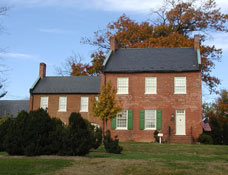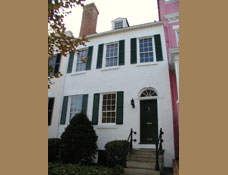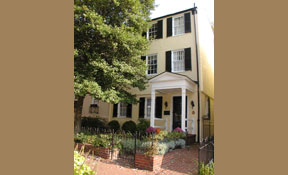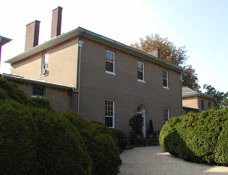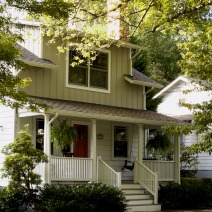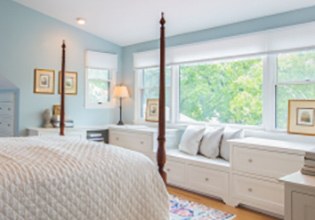Federal, a distinct and elegant architectural style, flourished in the United States from around 1780 to 1840. This era following the American Revolution marked a significant shift in architectural preferences, influenced by the progressive European designs of the time. The Federal style, also known as the Adam style, is considered a refined version of the earlier Georgian style, with its roots deeply entrenched in the ideals of a young America.
Federal-style homes dot the East Coast, from the affluent seaport towns of New England to the growing urban centers of Georgetown and Alexandria, VA. Our portfolio showcases a range of Federal and other style homes that we have skillfully remodeled in the Washington, DC, metro area. Each project demonstrates our ability to preserve and enhance these historic gems.
Characteristics of Federal Style
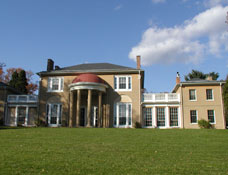
The Federal style is characterized by simplicity and elegance. A typical Federal-style house is a two- or three-story structure with a simple square or rectangular shape. The design often incorporates a balanced arrangement of wings and attached dependencies for a harmonious and proportionate appearance. Some homes showcase more elaborate plans with curves or polygonal shapes, adding a distinctive flair to the overall design.
A key aspect of the Federal style is its understated decoration. Unlike the more ornate Georgian style, Federal homes exhibit simpler decorative elements. This style is known for its:
- Geometric decorations: These include elliptical, circular, and fan-shaped motifs, often created using fluted radiating lines. These decorations are a hallmark of the Federal style, reflecting the influence of ancient Greek and Roman forms.
- Subdued exterior elements: The facades of Federal homes typically feature limited decoration, with the emphasis often placed on a porch or entryway. The columns and moldings are narrower and less elaborate than in Georgian architecture.
- Simple interior design: Interiors often reflect the exterior’s simplicity, focusing on functional elegance and harmony.
Federal Style Design & Remodeling Services in MD, VA, and DC
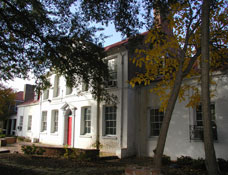
At Wentworth, we specialize in numerous remodeling services catered to Federal-style homes. Our expert team understands the unique requirements of these historic structures and is committed to preserving their classic beauty while updating them for modern living. Our services include:
- Federal home remodeling: Whether you’re intent on updating finishes, converting spaces, or overhauling the kitchen, we ensure that every renovation respects the original Federal design.
- Federal home additions: We seamlessly integrate additional living spaces like garages and sunrooms, making them look like they’ve always been there.
- Federal interior reconfiguration: This project modernizes the layout to suit contemporary lifestyles while respecting the home’s historical integrity.
- Custom Federal detailing: From repairing pillars to adding stair railings or arched doorways, we maintain the Federal style in every custom detail.
- Federal interior design services: Get help selecting colors, materials, and furnishings that blend historical accuracy with modern comfort.
- Facade enhancements in the Federal style: Improve curb appeal with historically accurate features like shutters, dormer windows, or a covered porch.


